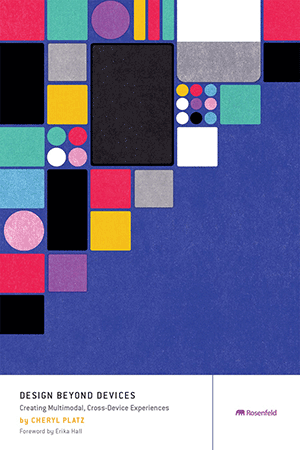Design: Voice User Interface Design
UXmatters has published 12 articles on the topic Voice User Interface Design.
Top 3 Trending Articles on Voice User Interface Design
-
The Future of Voice User Interfaces and UX Design
October 7, 2024No CommentsIn today’s world, users can not only control their smart home with voice commands, but gain access to almost any type of information or use their phone to make calls with the help of a voice user interface. Voice user interfaces (VUIs) are a game-changer in the realm of advanced UX design.
As users move from traditional touch user interfaces to more robust, speech-activated interactions, the future of VUIs is promising. VUIs have revolutionized the ways in which people interact with their devices, offering more natural, touch-free experiences. By utilizing continual advancements in natural-language processing (NLP) and speech recognition, VUIs are enabling a new era of conversational user interfaces. This article provides a detailed exploration of the potential positive impacts and current challenges of VUIs, along with several ways of adapting the full potential of UX design in designing voice user interfaces. Read More
-
Design Beyond Devices
February 22, 2021This is an excerpt from Chapter 9 of Design Beyond Devices: Creating Multimodal, Cross-Device Experiences, by Cheryl Platz. 2020 Rosenfeld Media.
Chapter 9: Lost in Transition
 One constant in truly multimodal systems is change. When you could assume a customer would remain in the same context for the duration of an interaction, the only change that designers had to consider was the change in the customer state enabled by the user interface (UI). Don’t want a change? Then don’t build an affordance for that change. Simple.
One constant in truly multimodal systems is change. When you could assume a customer would remain in the same context for the duration of an interaction, the only change that designers had to consider was the change in the customer state enabled by the user interface (UI). Don’t want a change? Then don’t build an affordance for that change. Simple.Multimodal systems are defined by their flexibility. Without the ability to transition between inputs and outputs, all a multimodal system provides is a single choice up front about an engagement. It’s essentially several mutually exclusive single-mode interactions. Read More
-
Making the Shift from Designing GUIs to Designing VUIs
May 28, 2018It’s a great time to be a voice user interface (VUI) designer. Voice user interfaces are becoming more and more common in our daily lives. To ensure great user experiences, it’s crucial that designers lead the way in this space.
Many visual designers and interaction designers who are interested in becoming VUI designers are well placed to switch from designing more traditional graphic user interfaces (GUIs) to designing VUIs. Although all UX design disciplines share certain principles, there are some things about VUI design that differ from GUI design for Web or mobile apps. In this article, I’ll cover the main things you should keep in mind when designing VUIs. Read More
All Articles on Voice User Interface Design
- The Future of Voice User Interfaces and UX Design
- It Takes an Ecosystem to Make a Smart Speaker Smart
- Design Beyond Devices
- Speaking Up for Conversation Design
- User Research and Design for Voice Applications
- Book Review: Designing Voice User Interfaces
- Resisting the Lure of Dark Magic in User-Interface Design
- A Practical Guide to Designing Conversational Voice Interfaces
- Making the Shift from Designing GUIs to Designing VUIs
- Embracing Voice UX: 7 Steps to Building Great Experiences
- Conference Review: O’Reilly Design Conference 2017
- Designing Voice User Interfaces